
Nearly every news article, blog post, or story we see says something similar, “We live in unprecedented times.” and it is reflected in the Google Trends data.
Because of the rapid onset of this pandemic and the new reality it forced us into, we wanted to understand how Salesforce AppExchange partners were responding. Having launched our 3rd Annual State of AppExchange Partners report at Dreamforce ‘19, we knew that our understanding of the report reflected a different reality.
It is our hope this survey will help shine a light on how companies in the ecosystem are responding. As we are moving quickly to get a snapshot of time, we gathered under 100 responses from primarily senior ISV executives of companies ranging in size of 2 to 5,000+.
A Framework for a New Reality
As the landscape we once knew rapidly shifted, we asked ourselves, “What does this new reality mean for our team and our clients?”
After talking with numerous business leaders, executives, and product experts, CodeScience CEO, Brian Walsh, began to see some patterns emerge. Companies generally fall into three categories: Survive, Adapt, or Thrive. While these categories are helpful for us to contextualize, businesses exist on a spectrum vs a fixed point.
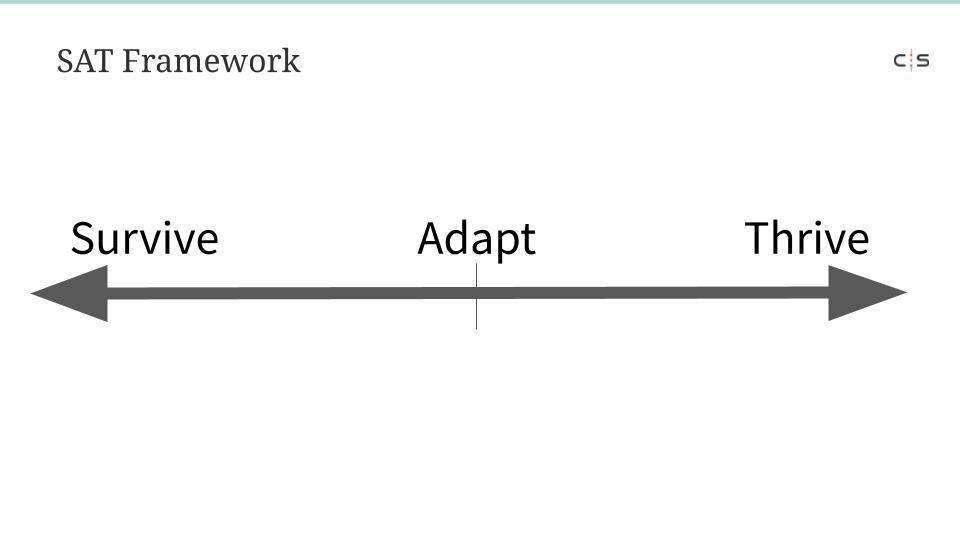
Meaning, companies in the Thrive category can have attributes of Survive companies or vice versa. However, through our conversations, we found it helpful for people to have a reference point to understand challenges, pains, and have a common language to discuss where their peers were.
Survive Indicators
- Significant decisions being made at the company as a result of the COVID crisis
- Layoffs, pay cuts, halting new strategic initiatives, liquidating departments in their entirety
- Thinking in weeks and months rather than by quarters or years
- Drastic market or industry changes that could impact commercial success for existing clients and/or planned application/strategic initiatives
- Pipeline/Revenue impacts
Adapt Indicators
- Standing up and navigating new internal processes — stricter business cases, new decision structures, and/or formalized contracting workflows
- Having to shift the mindset from a short-term to a long-term perspective (or vice versa)
- Finding innovative, easy to meet, needs or changes from the crisis
- Potentially changing market/industry
Thrive Indicators
- Increased market and velocity, but responding with agility rather than spending to meet these demands
- Pressure to address the evolving market/industry needs now
- Struggling to scale deployments and onboard new clients
As we looked through our results and looked at Salesforce’s recent Economic Benchmark Partner Survey, we saw a few significant takeaways emerge, which we’ll cover first.
Echoing Salesforce’s Economic Benchmark Survey
In the Partner Townhall on April 24th, Salesforce revealed the results of their own survey. While their dataset was larger and encompassed both ISV and consulting partners, we see some interesting similarities between the two survey findings.
Company and Economic Impact
Both surveys showcased that yes, partners are feeling the impacts of the COVID-19 pandemic on their business. However, the impact is moderate. But that isn’t to say it is negligible. Both surveys showed revenue targets and forecasts for about half of respondents are adjusted (55% per Salesforce and 50% per CodeScience).
When looking at company layoffs, there is a consistent reluctance to avoid reducing staff. Both respondent-sets noted they are looking at how to keep their people and meet shifting marketplace challenges — namely, by asking employees to take on new projects and leverage skills that are potentially outside of their core competencies
Consistency from the 3rd Annual State of AppExchange Partners Report
As we compared the data from our 3rd Annual State of AppExchange Partners Report released in November, the number one challenge remains acquiring new customers. However, the importance of reducing churn rose to the number two spot based on our survey.
For SaaS companies, recurring revenue is their lifeblood. This is why we’re seeing such a significant push in the development and expansion of customer success teams.
Moreover, for teams that are hiring, Sales and Developer roles remain a top priority. What this pandemic shows is to meet changing opportunities and demand goes beyond any single function. Businesses must consider how all departments work together to move effectively.
SaaS, Salesforce, and General Sentiment
While our survey represents a snapshot in time, one consistent sentiment we saw from both our and Salesforce’s surveys is there is a resilience for Salesforce Partners.
When asked how their company was faring in the face of COVID-19, 72% of our respondents fell on the side of Adapting to Thriving. We have to wonder why this is.
There has been much discussion around subscription revenue and whether or not during a pandemic, it is still a steady, reliable source. And, as it stands today, the answer seems to be yes. While the reasons businesses purchase technology are changing, the core purpose remains the same — finding solutions that help them solve the problems they experience.
We’ve discussed the concepts of moats and defensibility when it comes to Salesforce previously, but now that we are in a time where businesses are making tough decisions on what services to keep, we anticipate those businesses who have ingrained themselves into fundamental business processes will last longest.
The Salesforce Partner Ecosystem has always been a key differentiator for Salesforce. By leveraging additional companies that augment the platform, they create stickier solutions that unify all parts of their business. Salesforce has leaned into their partner program. By offering trials of Health Cloud, they turned to partners like Geneia to stand up solutions that get organizations running quicker and meeting the challenges of COVID-19 faster.
And this isn’t only isolated to Healthcare. Nearly every industry is facing whether or not their investments in digital transformation are paying off.
Digital Transformation and CRM
Digital transformation has been in vogue for organizations for nearly a decade now. However, many were still caught flatfooted when they realized a majority of their workforce now needed to work from their homes.
Since those industries, where once working remotely was forbidden, now find themselves in home offices for the first time, they are faced with the challenge of staying efficient, communicating effectively, and keeping their businesses running.
Salesforce has long helped organizations solve their digital transformation challenges and regularly looked to ISVs to help them augment their whitespace. Given the current landscape, some ISVs now find themselves in deeper strategic conversations with Salesforce or having conversations with new types of clients.
Survey Results and Overview
We’re going to highlight the non-demographic data from our survey and share our initial understanding of how partners responded.
How would you describe how your company is faring in the face of the COVID-19 crisis?
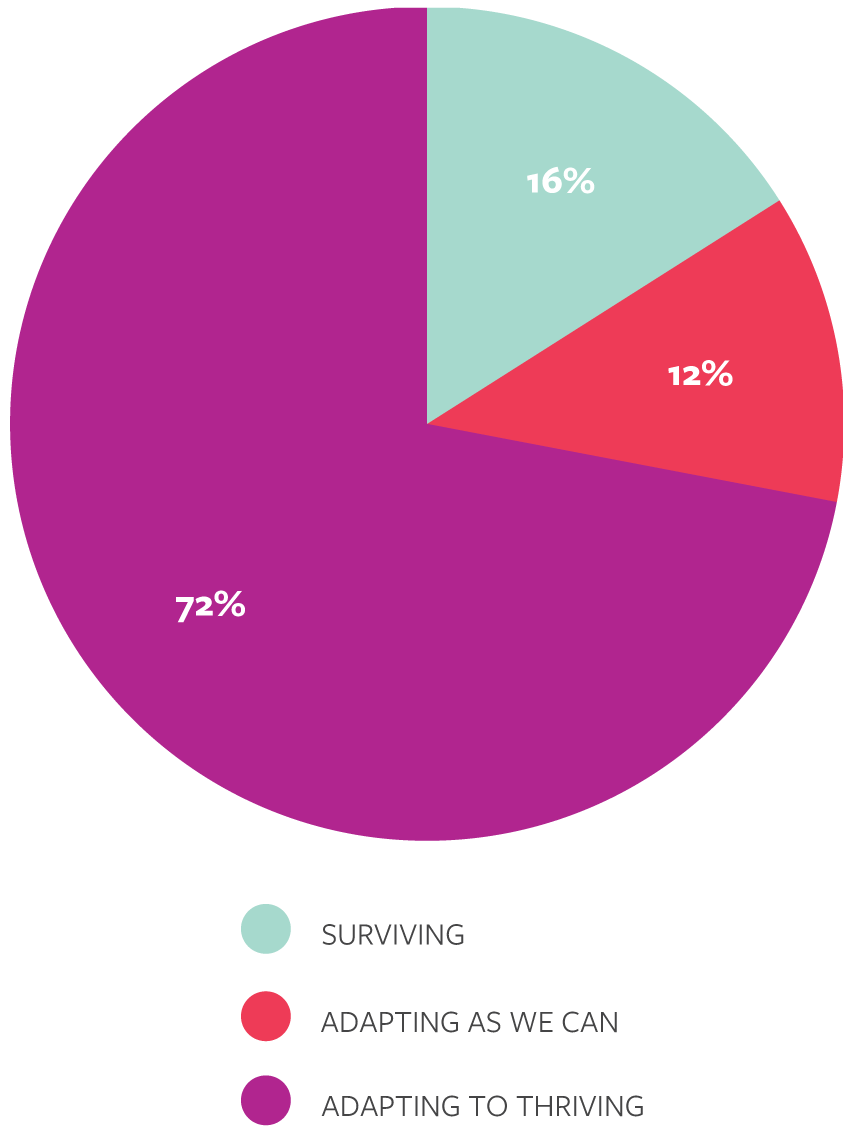
As we noted earlier, our findings align with Salesforce’s results. COVID-19 has had a moderate impact on business so far. Organizations who once were strongly in the Thriving category, now find themselves having to respond to a new reality and face the challenges outlined in the Survive or Adapt.
In Q4 2020, our State of the AppExchange Survey revealed that 40% of respondents said that acquiring new customers was their biggest challenge. How would you answer that question now?
What is the biggest organizational challenge you face?
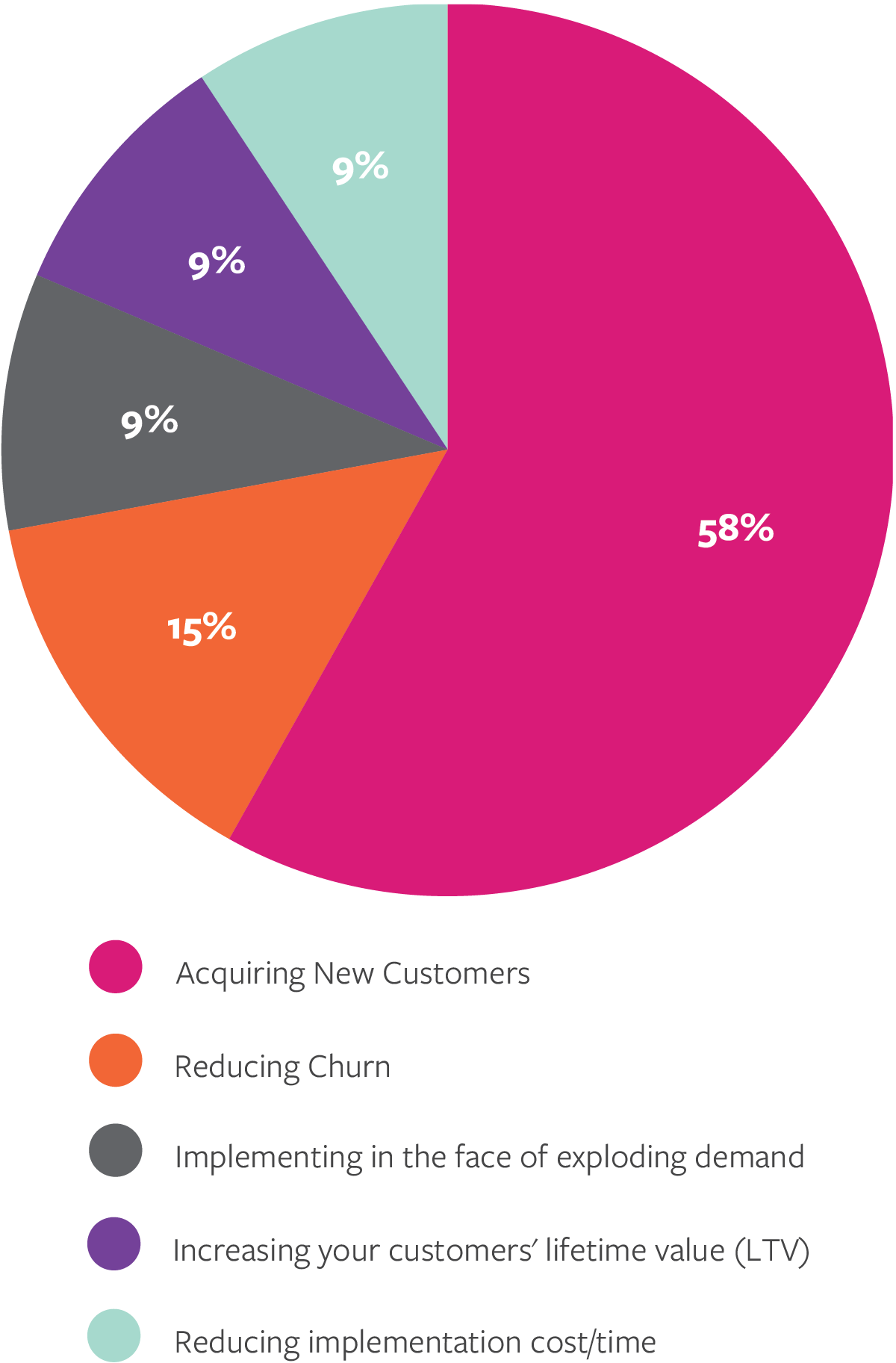
Have you adjusted your revenue forecast for the year?
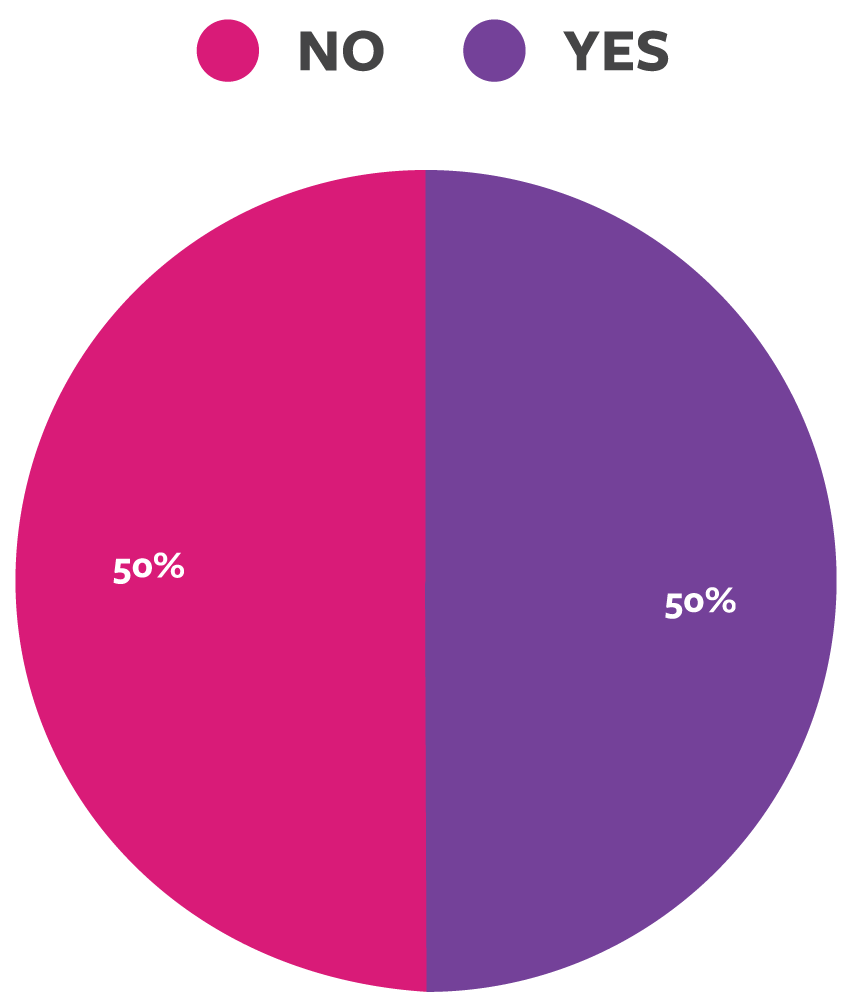
Asking participants about their revenue forecasts, especially at this point in time, is extremely challenging. As we see, responses netted to an even 50/50 split.
Companies may be waiting to fully assess the impacts of the pandemic before adjusting forecasts — or they lack the certainty of what to forecast. Trying to assess what the new normal is is a challenge all businesses face regardless of size.
When we examine those respondents who said they had adjusted their forecast, 64% have made only slight adjustments downward. This tells us there is still a fundamental level of confidence ISVs have in their business for the year.
If you are hiring, what roles are most to meeting the evolving challenges and opportunities brought on by this crisis?
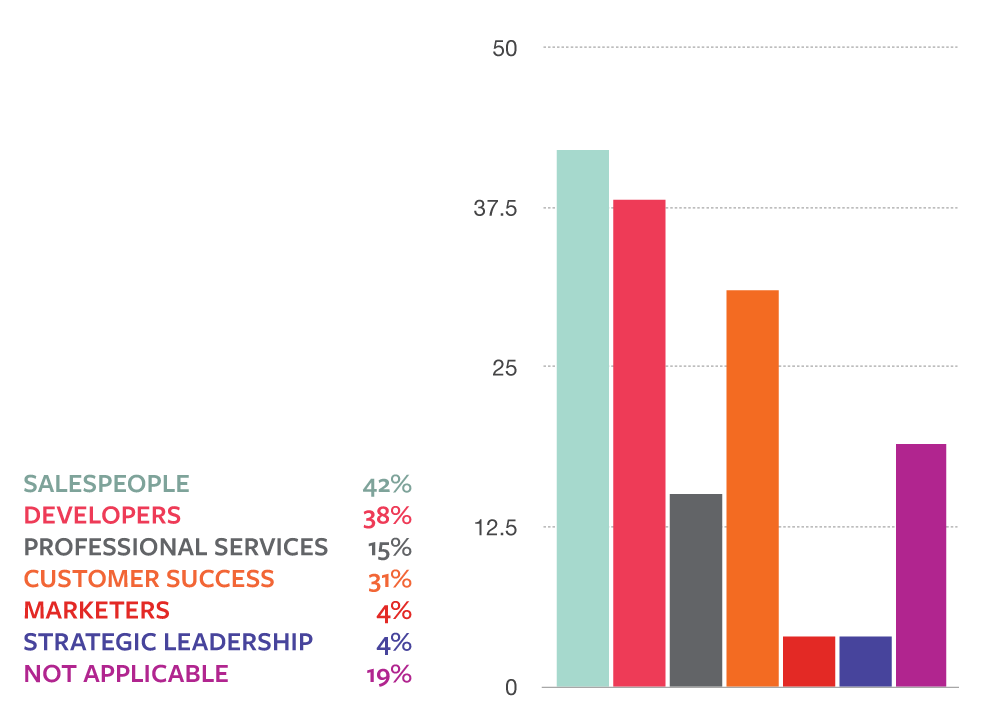
If you’re not hiring, but instead are facing having to reduce staff and/or reorganize, what is your key challenge?
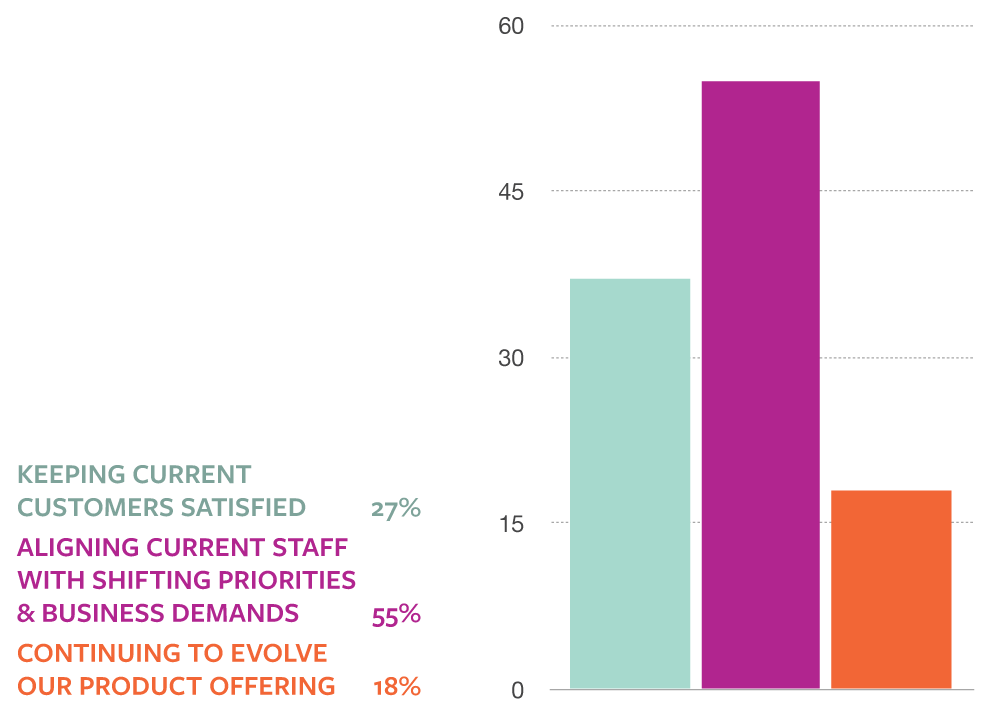
For those who have pulled back on hiring, they want to retain their employees and focus their energies on the new world they face. This is playing out with companies rapidly standing up new products, running more experiments, and creating specialized teams to assess the market and buyer’s needs.
Looking out through the end of 2020, how do you expect your company to change in each of the following areas?
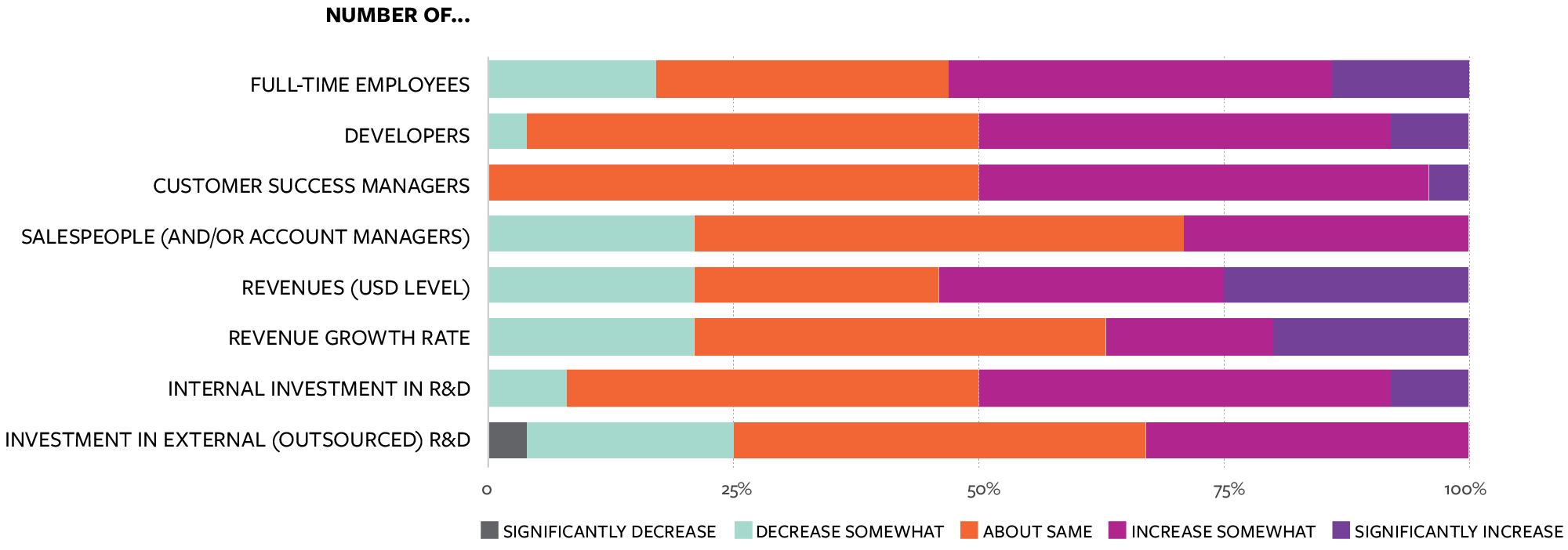
For reference, here were the results from our 3rd Annual State of AppExchange Partner Report.
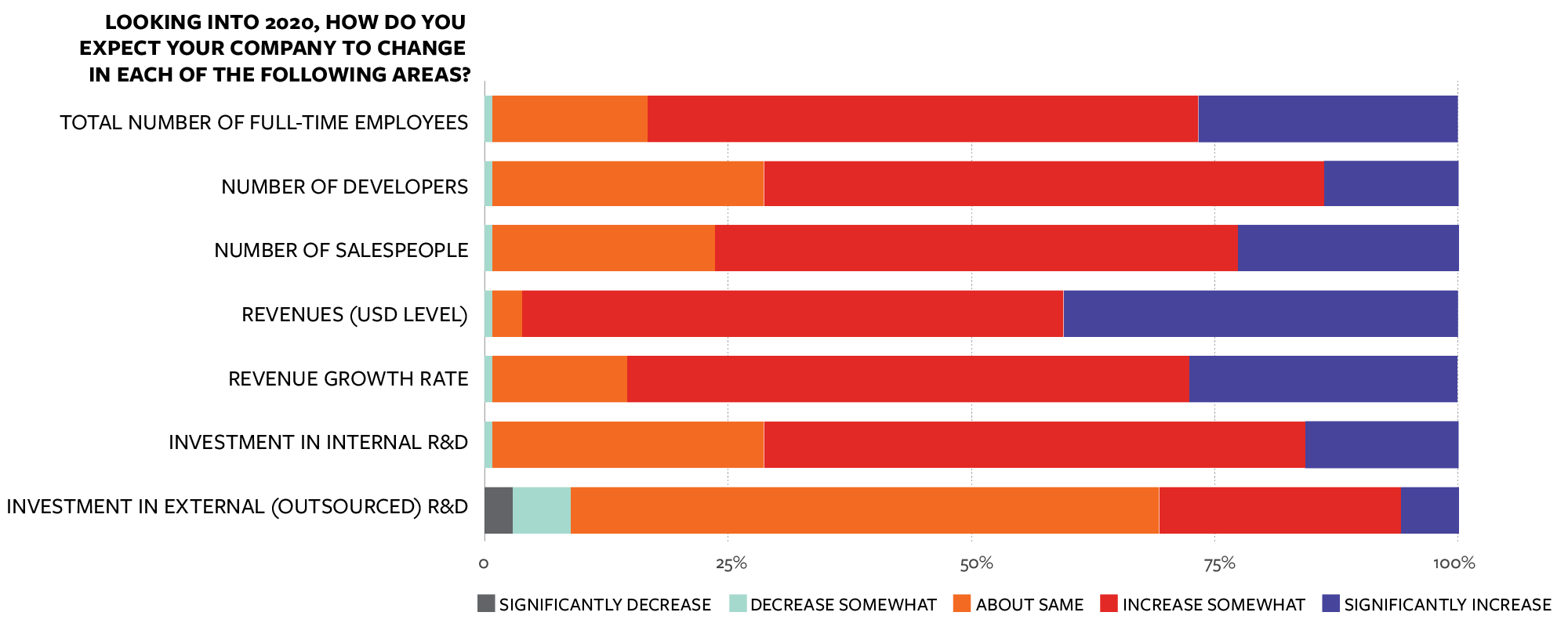
As expected, we see some pullback in certain areas of business, but surprisingly, many ISVs are still optimistic in key indicators around revenue, revenue growth rate, and headcount.
Would you say you’ve shifted your go to market strategy as a result of the COVID-19 crisis?
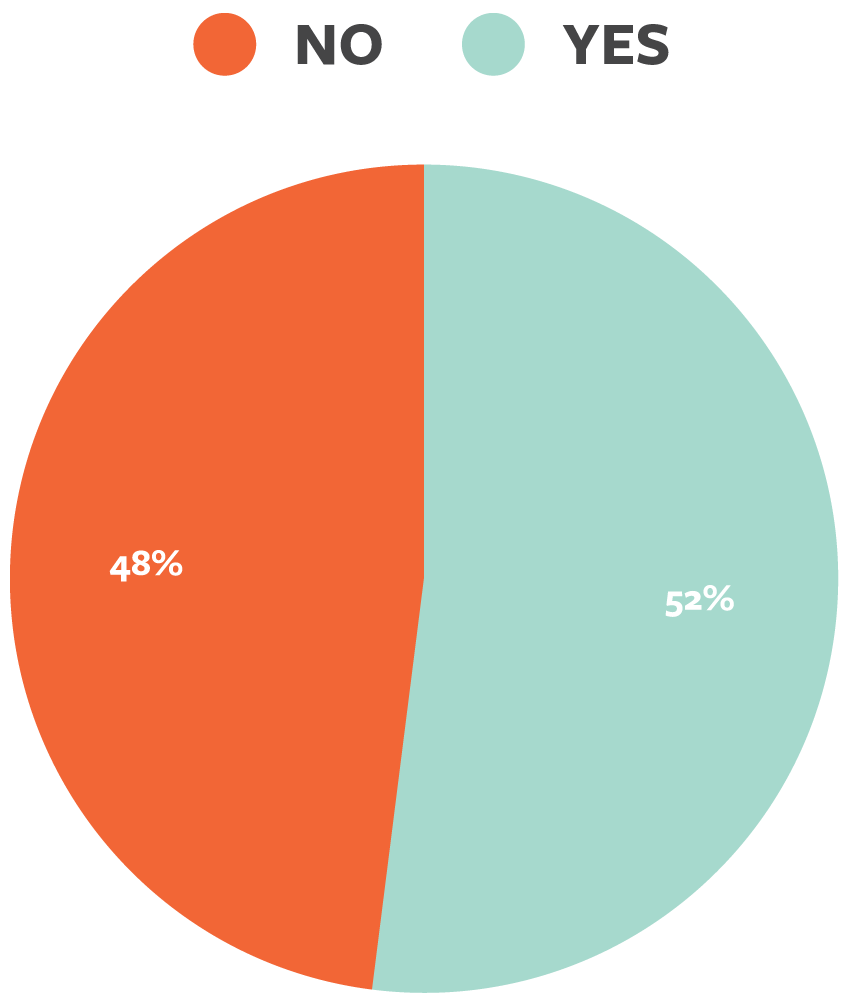
Slightly more than half 52% of respondents have adjusted their GTM — and for those who answered yes, we asked them what key areas have changed. Four themes emerged.
- Greater Reliance on Online
- Shift in Message or Pricing
- Refined Target Market
- Shift is Distribution Channel/Approach
The number one response was a rapid and immediate focus on online channels. Over the years, Salesforce had increased the number of in-person events, and many partners leveraged those as lead and business drivers. Now, with nearly all in-person events suspended, it is no surprise respondents are looking to digital to make up the shortfall.
A close second to the reliance on online channels was partners calling out a shift in their messaging or pricing, which is not unexpected, given the close connection between GTM and messaging or pricing.
Which of the following are among your product priorities?
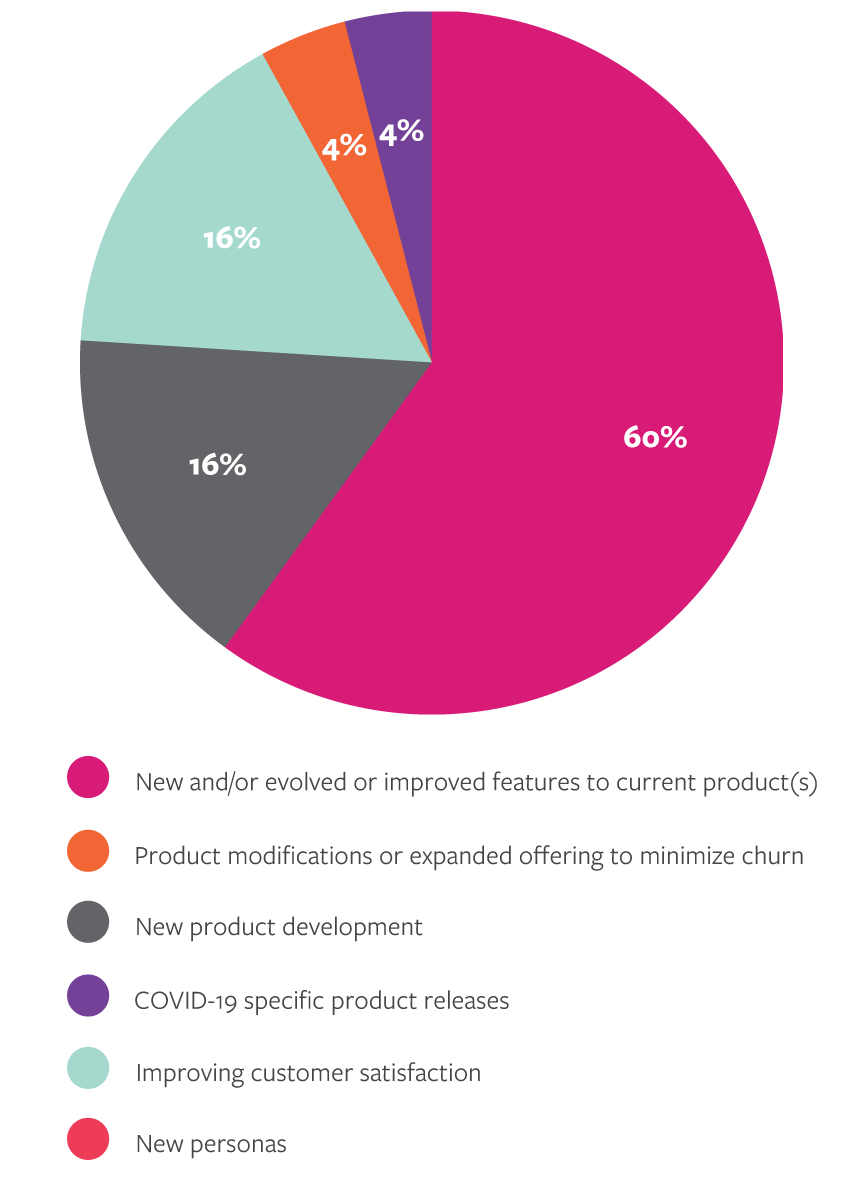
Respondents are focusing on their offerings to respond to the market. As we noted earlier, organizations of all sizes experiment and are searching for their place in the new market.
Open Feedback Section Analysis
Learning from our 3rd Annual State of AppExchange report, we provided respondents a place to openly respond about what Salesforce is doing well and where they could improve.
What is Salesforce doing well for partners right now?
Here are a couple of quotes from our survey:
- “Great Stable Platform.”
- “Proactively reaching out on how they can help and which accounts we can tackle together.”
- “Supporting our go to market”
If Salesforce could improve one area for Partners now, what would it be?
Cost/Pricing
Some partners raised concerns around PNR and called for the option for deferments. Given the fast-moving environment we’re in, Salesforce has already responded with a 60-day payment extension plan for the most vulnerable ISV partners.
Service Levels
In our 3rd Annual State of AppExchange Report, we saw a call for more support from Partner Account Managers and Account Executives. And this hasn’t gone away. Partners are looking for more communication and greater opportunities to collaborate with those at Salesforce.
Product and Partner Alignment
This category contained the widest range of responses. We saw some continued concerns around channel conflict. Interestingly, we saw some calls for new ways for Salesforce to bring partners together for co-selling opportunities.
More Help
Importantly, some partners didn’t have any specific calls for improvement, but rather simply asked for more help. Given the intense pressure businesses face, we see leaders turning to every possible channel to find assistance.
Looking Forward
No one knows what the future holds right now, and attempting to forecast it would be a foolish endeavor. However, we should not give up hope. Partners and companies around the globe are coming together and creating innovative solutions to respond to problems that we might never anticipated facing — and are leveraging the Salesforce platform to get there sooner.
Our mission is still to help anyone who is interested in building a product on Salesforce. Our call to action is not to let any company navigate this process alone — regardless if you are a client of ours or not. If you have questions, concerns, or are looking for help with your strategy, get in touch. Our mission is to help partners thrive on the AppExchange.


